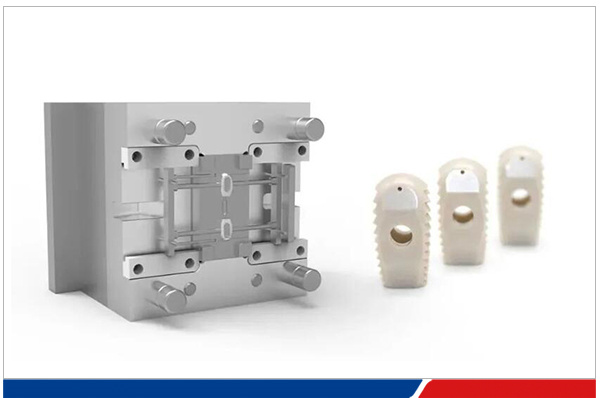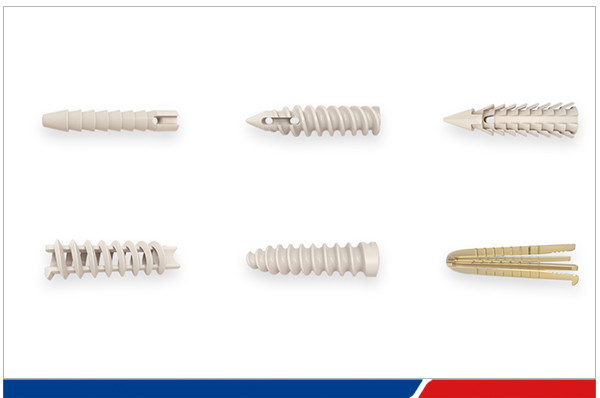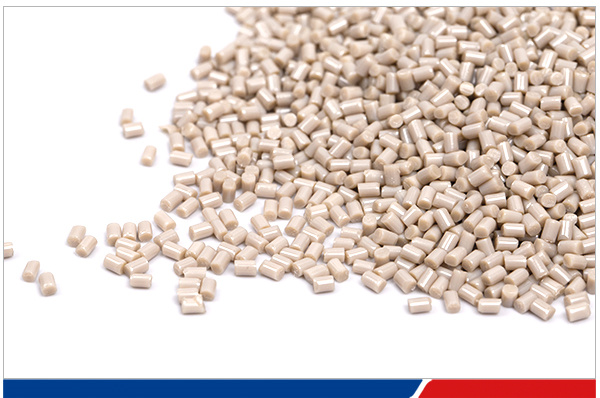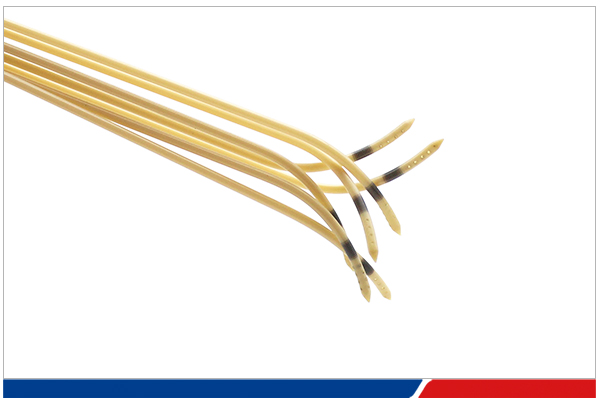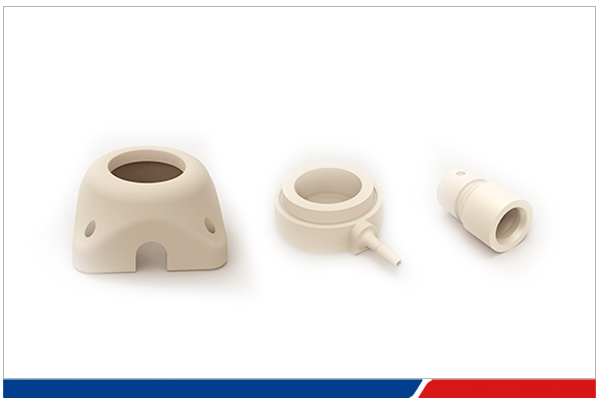PEEK spinal fusion cage/interbody fusion cage
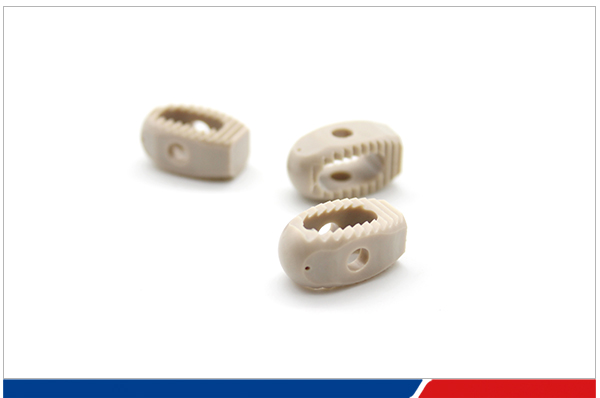
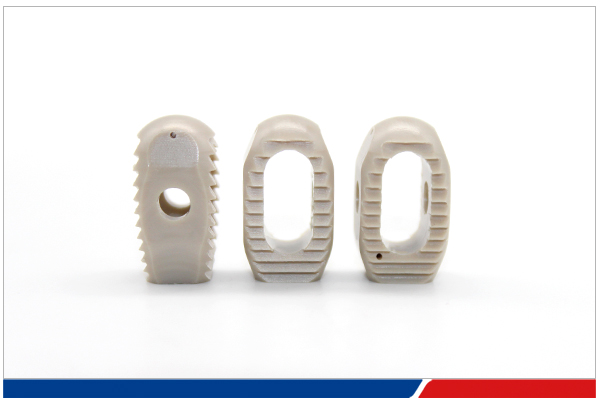
PEEK spinal fusion cage/intervertebral fusion cage is made of PEEK material and can be implanted in the intervertebral space of the cervical or lumbar spine or used for thoracic and lumbar vertebral replacement and restoration of height lost due to vertebral lesions and damage.
PEEK material is a new type of implant-grade material. Its scientific name is polyetheretherketone. As a member of special engineering plastics, PEEK (polyetheretherketone) has excellent comprehensive performance (easy molding, corrosion resistance, etc.) compared with other special engineering plastics (such as PPS, PAI, PI, PTFE, etc.). Its good biocompatibility, high purity, chemical inertness and elastic modulus similar to that of human bones make it known as a new generation of orthopedic implant materials after titanium alloys. After injection molding, it is suitable for repairing soft tissue injuries in joints such as shoulder joints, ankle joints, knee joints, hip joints, and wrist joints. It can be implanted in the intervertebral space of the cervical or lumbar vertebrae or used for thoracic and lumbar vertebral replacement and restoration of height lost due to vertebral lesions.
Features:
(1) Made of PEEK material, it is high in strength and radiolucent. The images during CT examination will be clearer and the postoperative repair status can be seen.
(2) High temperature resistance and poor heat conduction. It is more comfortable after peek material repair.
(3) PEEK material has good biocompatibility and its modulus is similar to that of human bone.
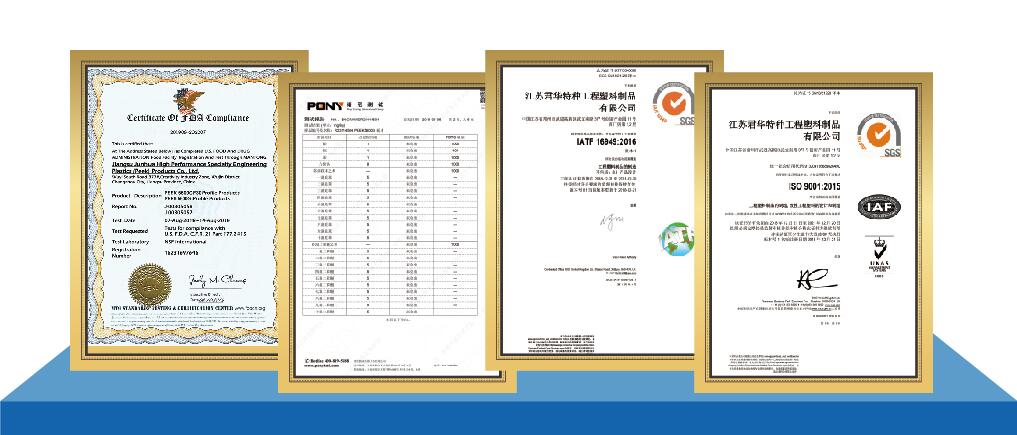
PEEK biocompatibility testing
Arthroscopic surgery has made great progress in the United States and other countries since the 1970s. In the past few decades, arthroscopy has had a revolutionary impact on the diagnosis and treatment of intra-articular diseases. Arthroscopy allows for a comprehensive observation of the intra-articular structure, which is more detailed than open surgery, and many intra-articular structures and lesions can be directly observed.
Some people call arthroscopy, fracture fixation and artificial joint replacement the three major advances in orthopedics in the 20th century. The first generation of shoulder arthroscopy equipment used stainless steel and titanium anchors, both of which failed mainly due to the breakage of the sutures in the metal eyelets.
In order to eliminate the risk of implant migration and reduce accidental cartilage damage, there has been a shift toward the use of bioresorbable anchors. Despite their great clinical success, failures in the clinical use of bioresorbable anchors have been reported due to rapid degradation, osteolysis and arthropathy, synovitis, implant fragments, and cartilage damage.
The low mechanical strength of these polymers is the main concern for their use. PEEK is strong and ductile and can provide comparable strength to metals but with less risk of arthrosis or joint destruction due to third body wear after extra-bone dislocations. Another benefit is that it can be drilled through if revision surgery is required.
| PEEK | PPSU | PSU | TO | LIKE | PC | |
| preservative | Excellent | Excellent | Excellent | Not tested | Excellent | good |
| Bleach | Excellent | Excellent | Excellent | Excellent | Excellent | good |
| Glutaraldehyde | Excellent | Excellent | Excellent | Not tested | Excellent | good |
| Hydrogen peroxide (3%) | Excellent | Excellent | Excellent | Excellent | Excellent | good |
| Isopropyl alcohol | Excellent | Excellent | good | Excellent | Excellent | good |
| Phenols(2%) | Excellent | Excellent | good | Excellent | good | Excellent |
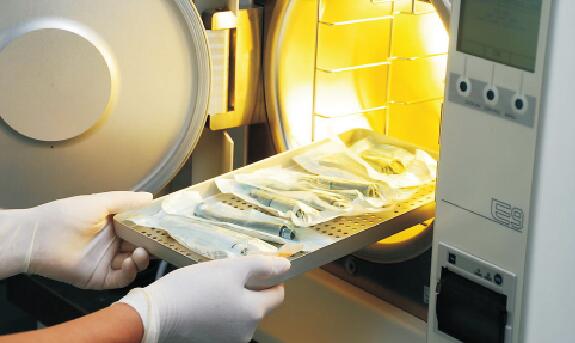

The company is equipped with a clean workshop for implantable PEEK, an implantable PEEK extrusion production line and a German imported micro injection molding machine. Precision injection molding gives the product better plasticity and toughness, and is not easy to break. At the same time, it has a complete industrial chain, which controls from the source to ensure the stability of the product and the reliability of quality.
In 2021, in order to meet the development needs of domestic sports medicine, Changzhou Junhua Medical Technology Co., Ltd. actively cooperated with major domestic medical device units to develop precision injection molds for PEEK suture anchors in the sports medicine industry, which has the following advantages:
1) Experience in optimizing the design of PEEK product structure;
2) Design and manufacture of precision molds for difficult products such as PEEK anchors and spinal fusion devices;
3) PEEK medical implant-grade products are tested and sampled in the clean room;
4) Unique mold structure design saves the consumption of expensive PEEK;
5) The perfect after-sales service system is recognized by major domestic medical institutions.
Polyetheretherketone (PEEK) polymer material has gradually become a new trend in orthopedic repair materials due to its good biocompatibility, ability to perform complex shaping, ability to fit defect areas, good mechanical properties, good protective properties, and high postoperative comfort.
Based on the present and looking to the future. In 2021, Changzhou Junhua Medical officially launched the implantable PEEK project and is in the second round of inspection. The results of the inspection will be announced around June 2022. In order to better standardize implantable PEEK, a new implantable AKSOPEEK series brand will be added.
AKSO is the goddess of health in Greek mythology. We hope that China’s PEEK can serve the public more and hope that every injured patient can still enjoy a healthy life.
Our company has core technology and provides one-stop service for the entire PEEK industry chain. We can meet the audit requirements of medical customers and hope to provide you with sports medicine PEEK application solutions.
Contact Us Now and Enjoy a One-Stop Solution!
Fill the Form to Get a Quote, Product Manual, Performance Parameters, Custom Solutions, Technical Consultation, and Samples
